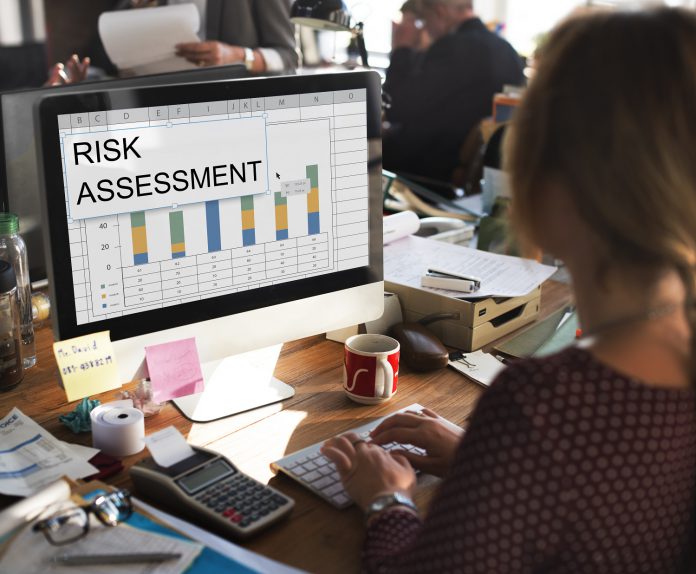Did you ever ponder why every financial advisor wants to know and understand your risk profile and why most financial specialists keep talking about it so much?
When it comes to asset allocation age plays a decisive role in decision-making, but risk profiling is more prominent than asset allocation.
The basic goal of risk profiling is to make sure that the investment recommendations of financial advisors are on par with an investor’s emotional and financial capability to engage in financial transactions.
What is risk profiling?
The most important task in the process of financial planning is risk-profiling. Risk profiling is an estimation of an individual’s preparedness and potential to take risks. It is also important to work out asset allocation for a portfolio.
Risk profiling is also widely used by organizations to mitigate possible risks and threats. As an individual investor, you must make sure the financial advisor looks beyond age rhetoric and recommends appropriate investment strategies based on risk metrics.
How does risk profiling work?
There are numerous methods to create a risk profile but usually risk profile questionnaire is the right first step. To come up with a risk profile an individual answers to the varieties of questions asked by the financial advisor (both human and virtual) which is later used to give shape to portfolio asset allocation. So it is important that asset allocation aligns correctly with an individual’s risk profile.
Why do you need risk profiling?
The individual or financial advisor`s failure to minimize risk could expose the portfolio to a falling price in stock price, lower returns, and potential wipe-out of the account.
Last but importantly the consequences of risk, be it financial or emotional (low behavioral loss tolerance) if the goal of the profile is not achieved must not be ignored. There a proper risk profile should be able to determine the investor`s risk need and his or her ability or tolerance to take the risk.
Factors involved in risk profiling:
- Be it an advisor or an individual investor, the required rate of return is the stepping stone to formulate a risk profile.
- Risk Environment in the Market.
- Results of failure of risk profiling.
- Risk-taking ability is defined by the time horizon of the investors.
- Liquidity in the market.
- Risk capacity of an individual.
There are also different components for individual investors or advisors to consider:
- Risk Tolerance: The amount of risk an investor is prepared to take for good returns.
- Risk Capacity: The amount of risk an investor is ready to take without losing track of objectives.
- Risk Required: The necessary risk an investor must or has to take to meet an investment goal.
Risk Profiles for all investors
Conservative:
The conservative investors are not inclined to lose the capital, come what may. They can allocate anywhere between 0-10 percent in risky assets like equity and 0 percent in safer bet assets like debt-related instruments.
Moderate Conservative:
Moderate conservative investors can risk very little of their capital if there is a scope for higher returns. They can allocate anywhere between 10-30 percent in risky assets like equity and 70-90 percent in debt.
Moderate:
Moderate investors can take a higher risk for a slightly higher return. The time horizon is medium to long. They can allocate anywhere between 40-60 percent in risky assets and 60-40 percent in like debt.
Moderately Aggressive:
The investors that fall in this category can allocate a higher proportion to equity for the long term and hence risk linked with this is naturally high to get higher average returns
Aggressive:
The investors of this bract are well informed of the risk in investing the entire corpus in high-risk equity and very much aware of the market volatility. The longer tenure of investments will make the portfolio fluctuate in wide ranges.
The Bottom Line
Always remember that your risk profile can vary over time depending on changes in your financial circumstances and investment experience.
The foremost thing to do is periodically review your risk profile and modify your investment strategies as required to make sure that they match your objectives and comfort level.




